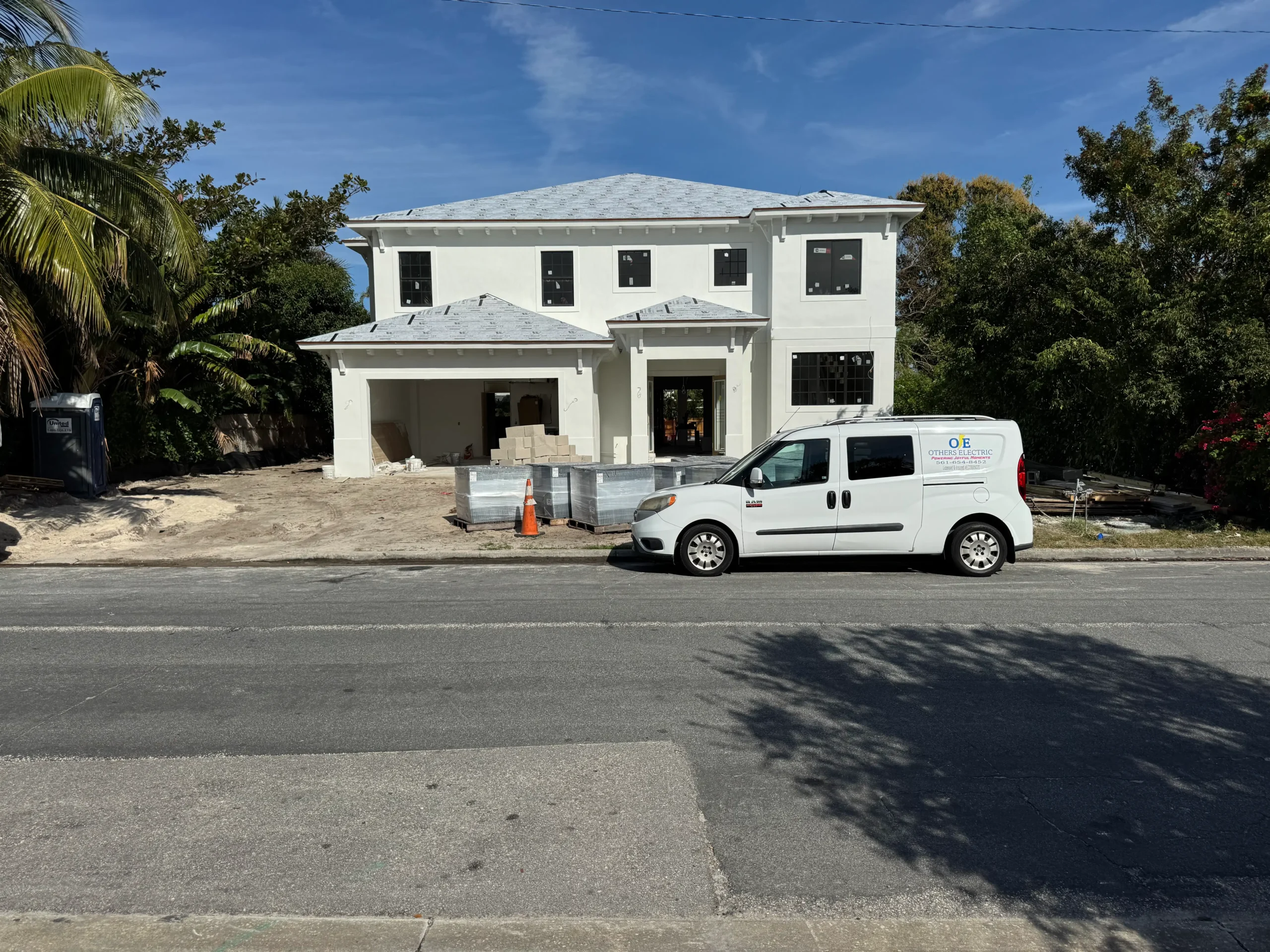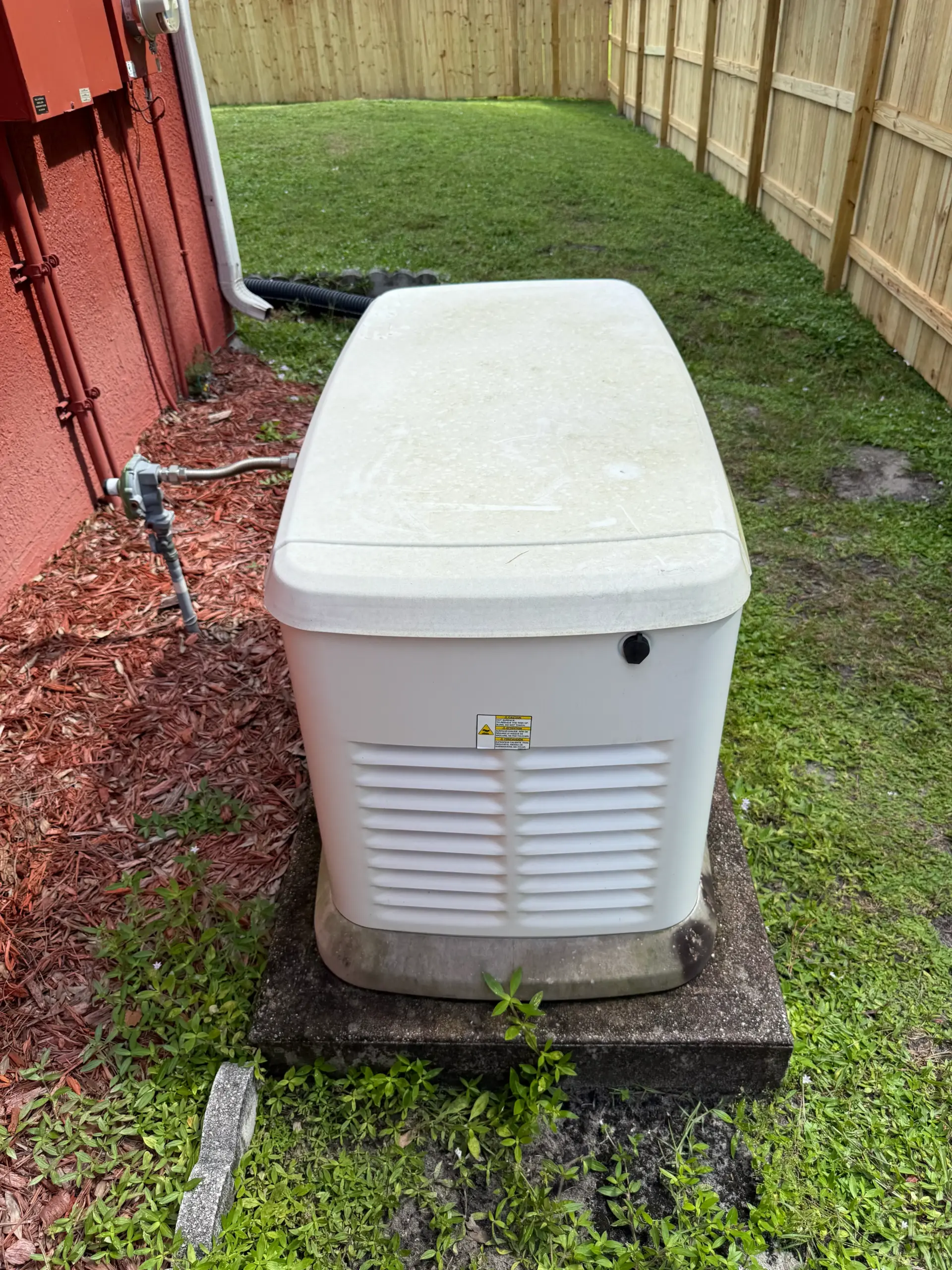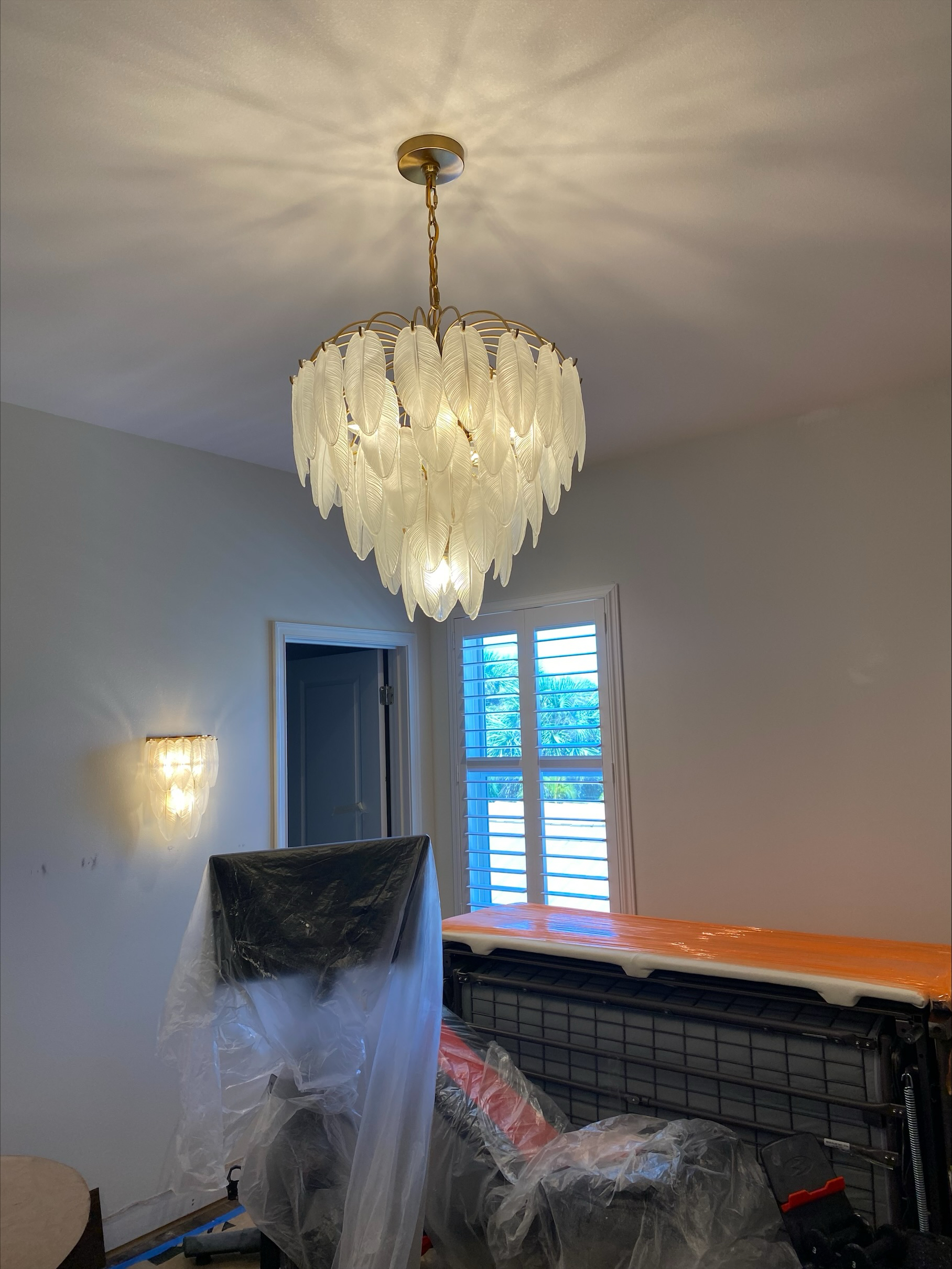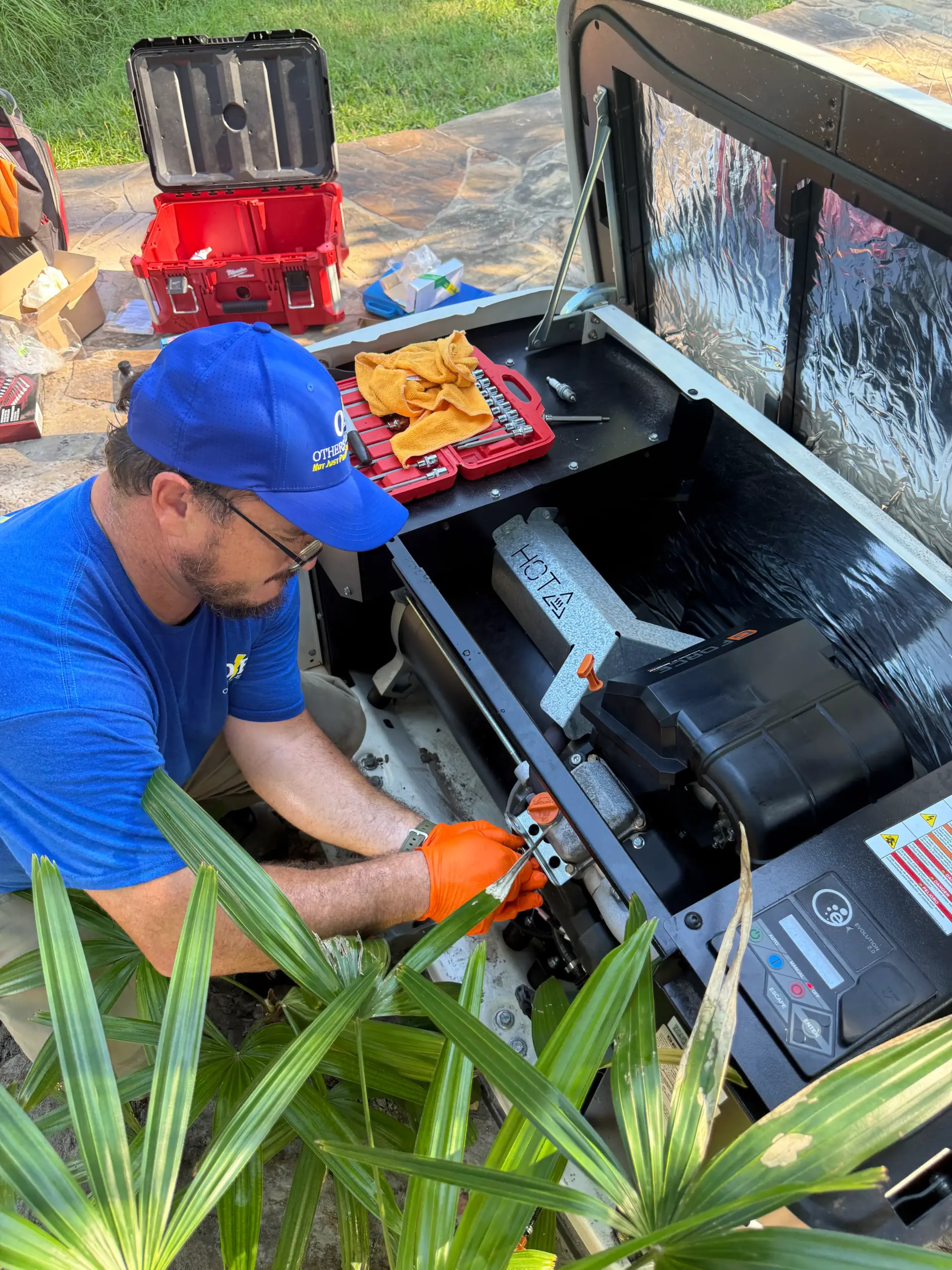If your lights flicker when you turn on appliances or your breakers trip more often than you’d like, you may have wondered, should I upgrade my electrical panel? The electrical panel—also known as the breaker box—is the central hub of your home’s electrical system. It distributes power to all circuits and protects your home by cutting off electricity during overloads. As technology advances and household energy demands increase, many older panels fall behind in both capacity and safety. Deciding whether to upgrade isn’t just about convenience—it can directly impact your home’s safety, functionality, and future value.
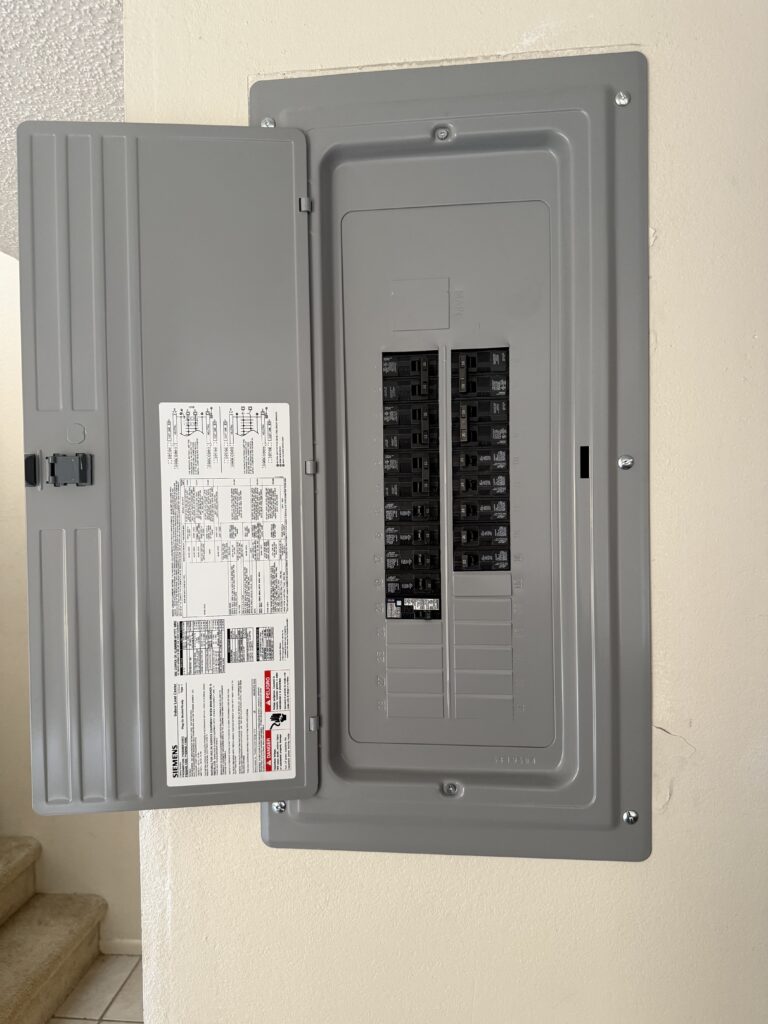
Understanding the Role of the Electrical Panel
An electrical panel controls and manages the flow of electricity throughout your home. It houses circuit breakers that automatically shut off power if a circuit draws too much current, preventing overheating, damage to appliances, and fire hazards. Older homes—especially those built before the 1980s—often have panels rated for 60 or 100 amps. These were sufficient in a time when homes had fewer electronics, but today’s households typically require 150 to 200 amps or more.
Upgrading your panel involves replacing it with a modern unit that can handle the electrical load of a contemporary home. This might include powering multiple HVAC systems, electric car chargers, home offices, smart appliances, and entertainment setups—all of which put considerable strain on outdated panels.
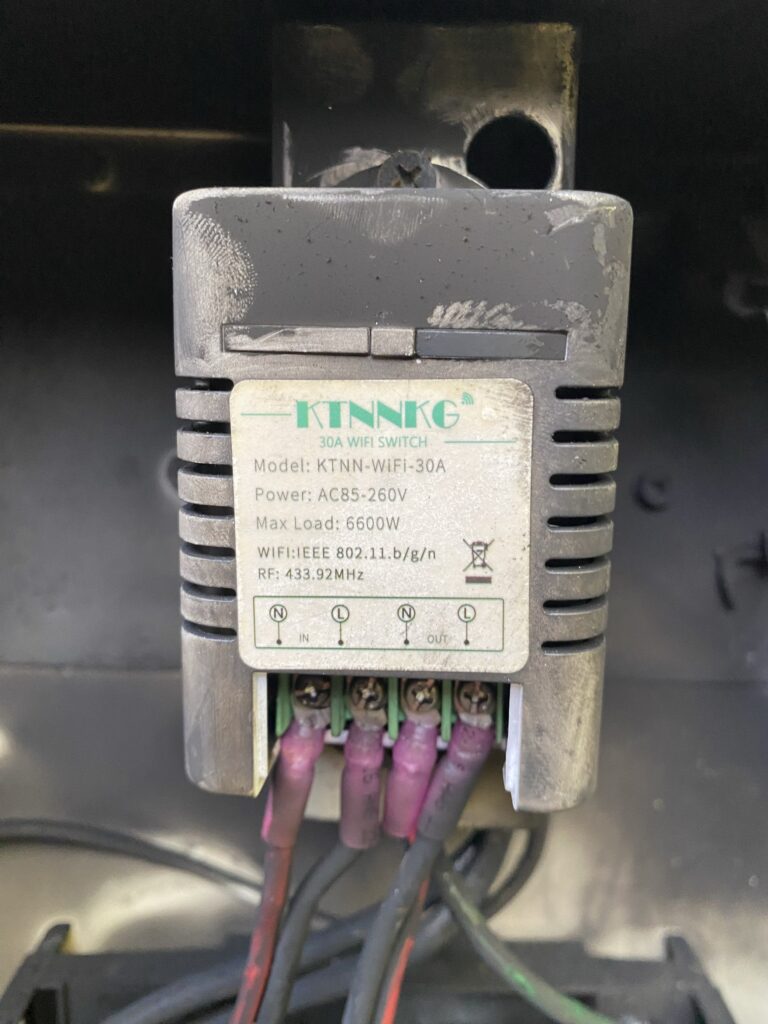
Signs It Might Be Time to Upgrade
There are several indicators that your panel may no longer be serving your home effectively:
- Frequent breaker trips: Regular tripping suggests your panel is overloaded or the breakers are worn out.
- Flickering or dimming lights: This may indicate unstable power distribution.
- Use of multiple power strips or extension cords: This often points to an insufficient number of circuits or outlets.
- Warm or discolored panel surfaces: Heat buildup around the panel can be a serious fire risk.
- Additions or renovations: If you’re remodeling, adding square footage, or installing power-hungry appliances, your panel may need an upgrade.
- Outdated technology: Panels from manufacturers like Federal Pacific or Zinsco have a history of failure and safety issues.
Even if you haven’t experienced problems, if your panel is over 25 years old, it’s wise to have it evaluated by a licensed electrician.

Safety and Code Compliance
Safety is the most critical reason to consider a panel upgrade. Electrical panels wear down over time, and aging components may no longer trip properly in the event of a fault. This increases the risk of electrical fires or damaged appliances. Upgrading ensures that your system meets the latest National Electrical Code (NEC) standards and is equipped to handle ground fault (GFCI) and arc fault (AFCI) protection where required.
Insurance companies may also refuse coverage or charge higher premiums for homes with outdated electrical panels. In some cases, a home inspection report will recommend or require a panel replacement before a sale can close.
Increased Power Demand from Modern Living
Today’s homes use more electricity than ever. From smart thermostats and Wi-Fi routers to induction cooktops and electric vehicles, power demand has soared. If you’re considering installing solar panels, a heat pump, or a home EV charger, upgrading your electrical panel is often a prerequisite.
A 200-amp panel provides enough capacity to support these systems while leaving room for future expansion. In contrast, maxing out a 100-amp panel leads to constantly tripping breakers and limits your ability to modernize your home.

The Panel Upgrade Process
Upgrading your electrical panel is not a DIY project—it requires a licensed electrician and may take one to two days. The process generally involves:
- Assessing your existing system and calculating your current and future power needs.
- Securing permits and coordinating with the local utility company to shut off and reconnect power.
- Removing the old panel and installing the new one, which may include rewiring circuits or upgrading the meter.
- Testing the system to ensure all connections are safe and functioning.
The cost can vary depending on your location, the size of your home, and the complexity of the upgrade, but it typically ranges from $1,500 to $3,500. If additional work such as grounding, subpanels, or service line upgrades is needed, costs can be higher.
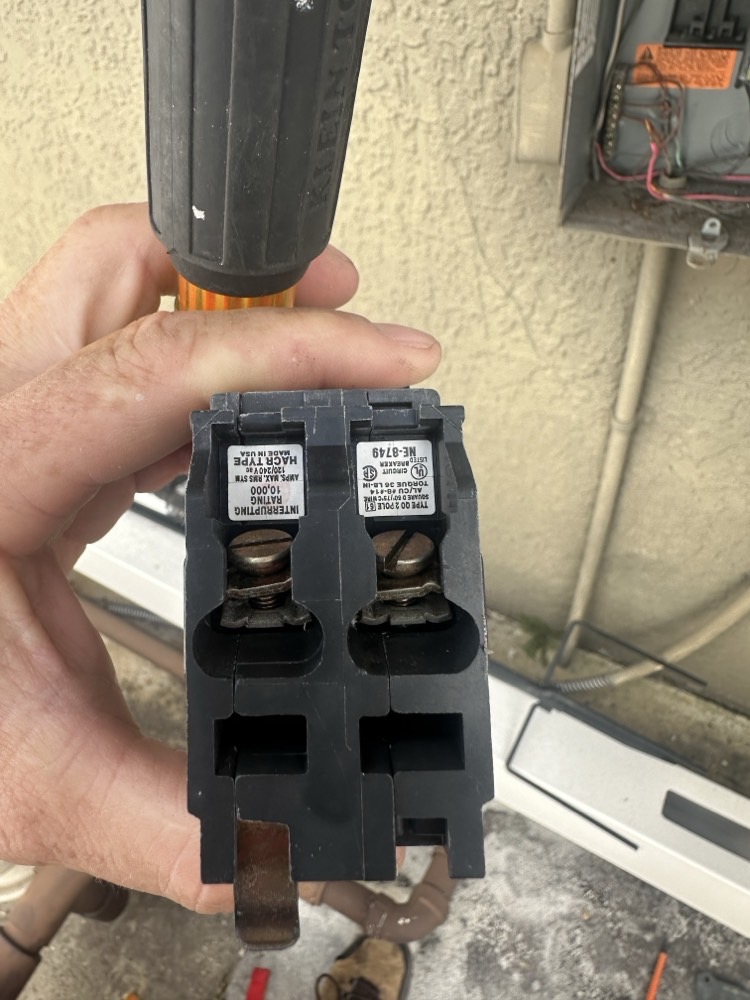
Long-Term Benefits of Upgrading
Upgrading your electrical panel offers a host of benefits:
- Improved safety and reduced fire risk.
- Better power stability for sensitive electronics.
- Support for new technology such as EV chargers or solar systems.
- Increased home value and appeal to future buyers.
- Peace of mind knowing your system meets current code requirements.
Additionally, modern panels allow for easier integration of smart home devices and energy management systems, giving homeowners more control over energy use.
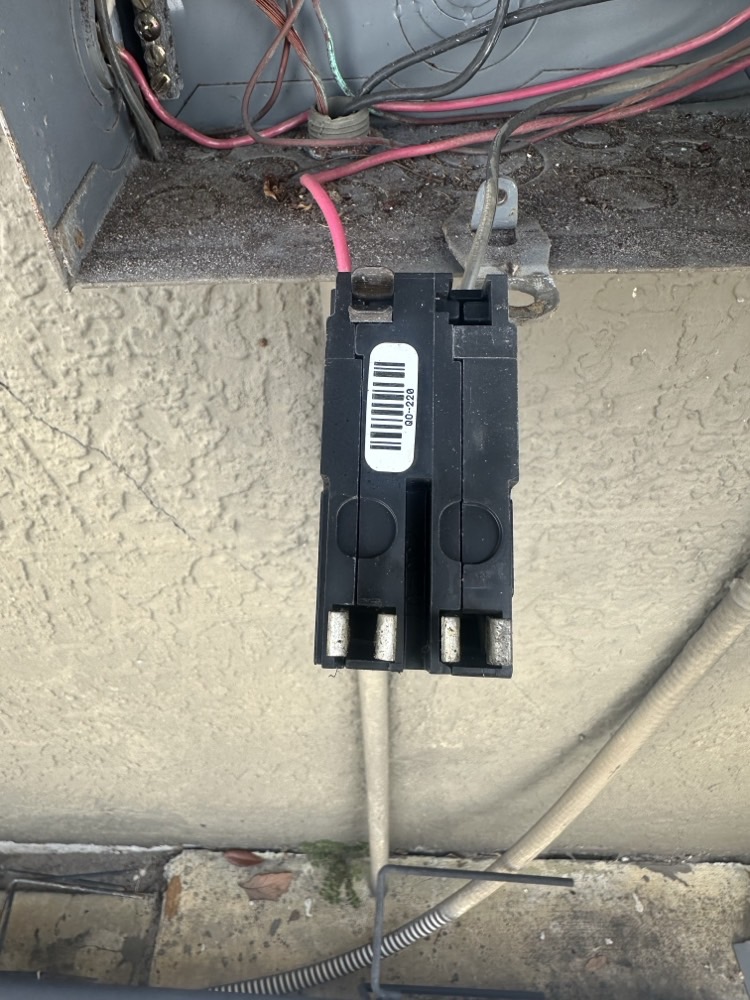
When to Call a Professional
If you’re uncertain whether your electrical panel is outdated or underpowered, a professional inspection can provide answers. At Others Electric, our licensed electricians can assess your current setup, recommend whether a panel upgrade is needed, and provide a code-compliant installation that ensures your home is prepared for today and tomorrow.

Conclusion
As home electrical demands grow, your panel must keep up. Asking should I upgrade my electrical panel is an important step toward safer, smarter, and more efficient living. Whether you’re planning renovations, adding new appliances, or simply want peace of mind, upgrading your panel is one of the most impactful improvements you can make to your electrical system. Trust professionals like Others Electric to deliver a safe and future-ready solution tailored to your home’s unique needs.



